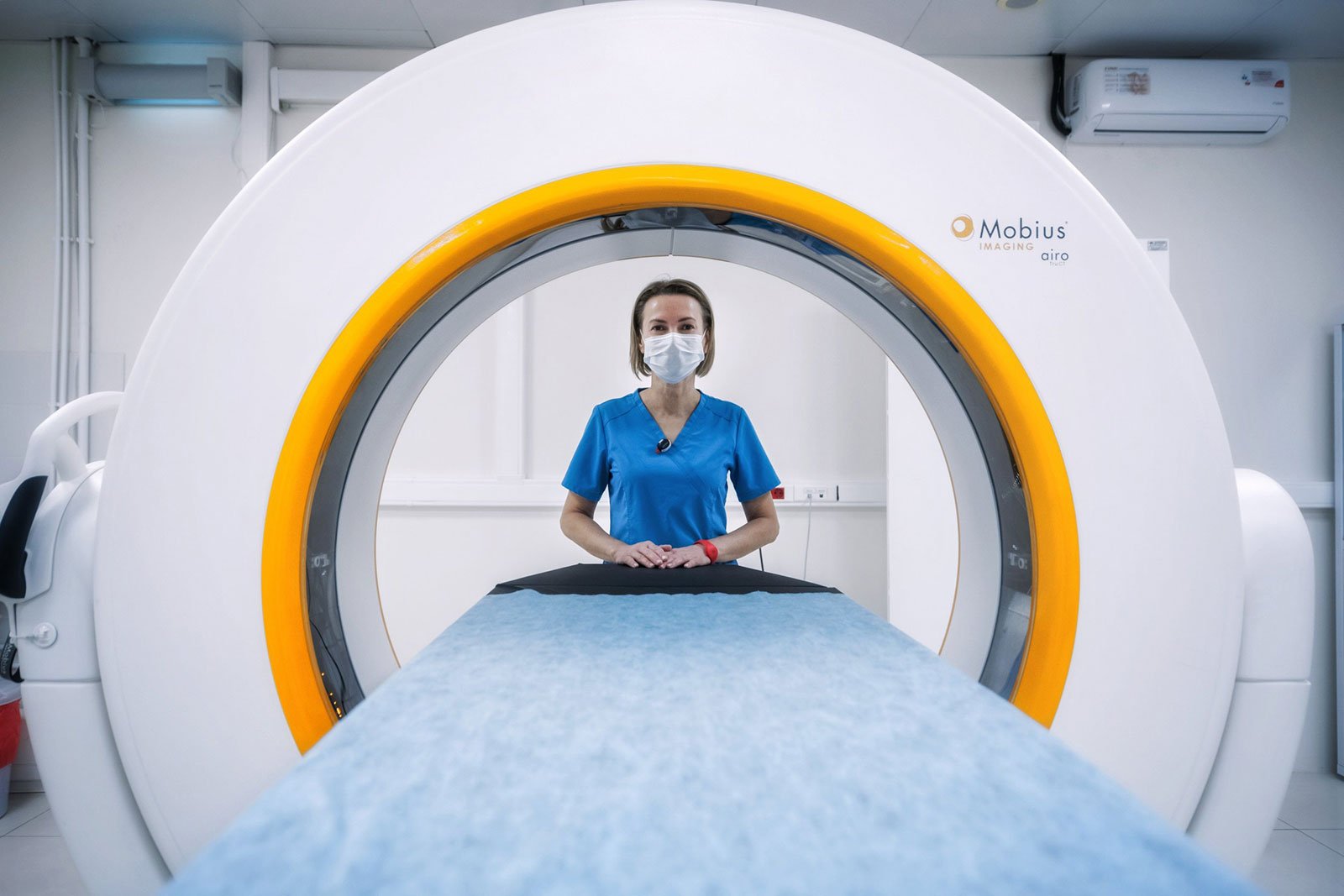Do I Need An MRI?
In August, I wrecked hard. I was riding my new toy, a Onewheel, going 20MPH on a device designed to top out at 18.
I flew forward off this thing and made an effort to land safely, moved my hands out of the way, and rolled. I got some minor road rash down the left side of my body, my shoulder was a little tender, and I thought little of it.
To my surprise, I couldn’t lift my left arm the next day. It felt like the scene in Kill Bill where Uma Thurman is commanding herself to wiggle her toes, except in my case, it was “lift your arm.” As someone who has had shoulder surgery in the past, I am painfully aware of the rehab and exercises I needed to do to get my shoulder back to where it should be, although I found myself wondering, do I need an MRI?
I knew I hurt my shoulder but had no idea how badly. Luckily, as a long-time personal trainer, I have many physical therapist friends. So I called my friends over at Montri Therapy and asked if they could squeeze me in. Of course, I already knew my friend Daniel Robinson had strong opinions about imaging and initial care options. Still, I wanted to see how those opinions applied to my current shoulder situation. So I called him up and asked him:
Do I need an MRI?
He invited me to come for an injury screening, in which he ruled out my need for an X-ray. But the MRI conversation was a bit longer. We spoke about the fact that I could have torn my rotator cuff and other possibilities. But he asked me straight up, if you got an MRI today would it change your path of treatment?
Meaning if you got an MRI today and it said you had a torn rotator cuff, what actions would you take to improve it? Would you rush to get it repaired? Or would you do physical therapy?
Since even if you hypothetically need surgery, it's best to do at least a few weeks of prehab physical therapy for shoulder injuries. The reality is no matter what an MRI says; you are doing physical therapy.
You might as well get started with therapy and not waste time or a significant amount of money on a test that will tell you to start doing physical therapy.
That is nice, but when do I actually need an MRI?
Unfortunately, sometimes imaging is necessary, but there is no reason to break the bank on unnecessary imaging. Rules of thumb for when it is time to get an MRI:
1. A doctor or physical therapist tells you to
Your first step is always to listen to professionals but remember, a doctor will almost always order imaging. Ask your doctor, "will this change my plan of care?" if the answer is no, don't get the imaging; start physical therapy today. If the answer is yes, get that imaging!
2. Two weeks of no improvement
Physical therapy works. Even with a torn rotator cuff, you can vastly improve the strength and mobility of your shoulder with the proper exercises. However, even physical therapy has its limitations. When progress stops, and you aren't where you need to be, it is time for imaging, but at least you are already prehab-ed for surgery if required.
Although something to note, surgery is not always the answer, even if you qualify for it. Surgery is expensive, painful, and not always beneficial. This is especially true for back surgery, so consider your options carefully.
3. You are experiencing symptoms unrelated injured area
If you are getting terrible headaches, having issues with your bowels, or balance, you need to get some imaging done. It is better to be safe than sorry, and these are just a few of the signs you could have done something serious.
In addition, if you were in a high-speed motor vehicle accident, if you fell and have trouble walking after, or otherwise feel that you are unwell since an impact of some kind, imaging is a great idea.
Do you want the imaging?
Many people have shoulder issues and immediately go to get imaging because they want to know if something is wrong. If you need this for your peace of mind, by all means, get some imaging done. Mental health is more important than physical health in a lot of ways.
However, your mind controls your body. Knowing you tore your meniscus might not help you in the recovery process. The placebo effect is very real in the body. If someone tells you, you can't lift your arm, you might start to believe that, and your brain could make it a reality in your body. People walk around with micro-tears in their tendons and ligaments without ever knowing or limiting their mobility or lifestyle.
Is it ok to wait and see?
Absolutely!
Look, you've already hurt yourself. It is unlikely you are going to get any worse. The damage is done. If you go to a competent physical therapist, they will only make it better or send you to get the imaging.
So there is nothing wrong with waiting to do imaging until after you've done some physical therapy. You might not need the imaging, and you might not like what you see. I always recommend that people see a physical therapist for an injury before a Doctor or Surgeon.
Think, when all you have is a hammer, everything looks like a nail, and would you rather get hammered by physical therapy or invasive surgery?
If you enjoyed this article, you might also like:
What Should I Do After Physical Therapy?
Do I Need To See A Doctor For My Back Pain?


